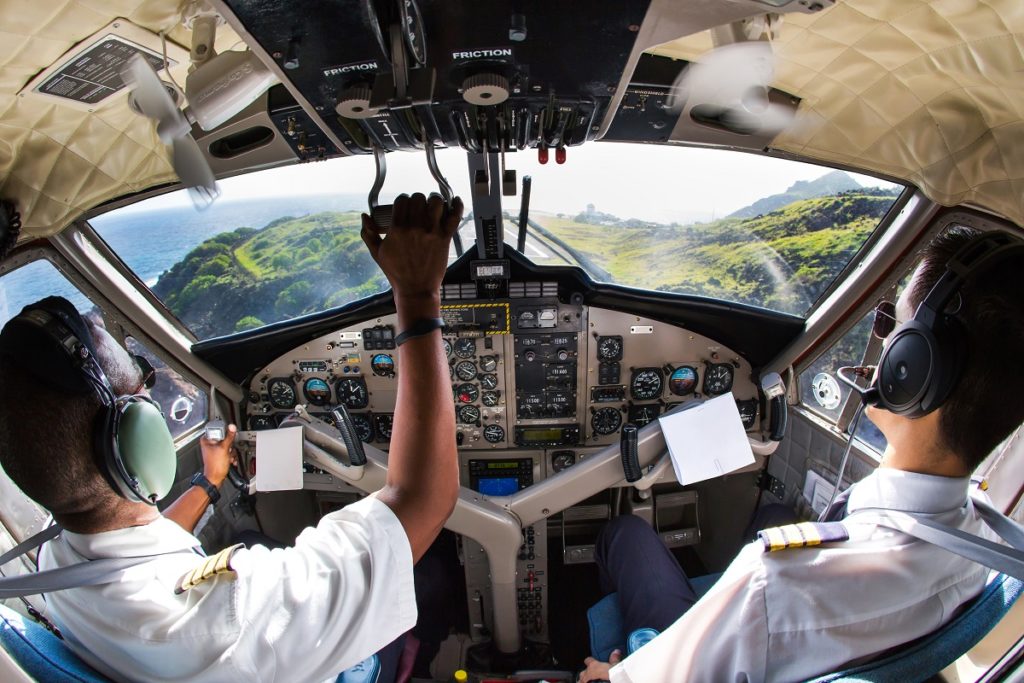Propeller aircraft may have had a bad reputation for being bumpy and noisy. However, with the latest generation of turboprops, this type of aircraft has been reinvented into the more practical option for private aviation. So much so that businesses have increasingly used turboprops for official trips in recent years.
The only issue here is that turboprops take a lot more work to maneuver compared to their piston-powered counterparts. Pilots will need to undergo an extensive turboprop transition training and obtain the necessary type rating certification to fly one. So, if you want to reap the benefits that this type of aircraft has to offer, it is best to give yourself time to learn its ins and outs first. Here are the key advantages of turboprops.
They Burn Less Fuel
Turboprops are built to fly at speeds under 450mph and low altitudes. As a result, they burn less fuel than other types of aircraft. To be more specific, they can consume a quarter to a third less fuel than jets when flown correctly.
That said, with the fuel efficiency of turboprops, you don’t have to worry too much about maintaining profitability despite the fluctuation of fuel prices. This is a great perk particularly for pilots offering charter flights as this can lower the hourly rate of their aircraft and allow them to deliver competitive prices to their customers. On the other hand, if you plan on owning a turboprop, this reduces the total cost of ownership of the aircraft.
They Can Land in Places Jets Cannot
 While piston-powered aircraft and light jets can get you to places faster, turboprops can give you better access to hard-to-reach airports. This is thanks to its short takeoff and landing distance requirement. Unlike jets that require at least 5000 feet of runway length, this type of aircraft can safely take-off and land even with only 3000 feet of runway. This means turboprops are ideal for traveling to and from grass airfields as well as small regional airports.
While piston-powered aircraft and light jets can get you to places faster, turboprops can give you better access to hard-to-reach airports. This is thanks to its short takeoff and landing distance requirement. Unlike jets that require at least 5000 feet of runway length, this type of aircraft can safely take-off and land even with only 3000 feet of runway. This means turboprops are ideal for traveling to and from grass airfields as well as small regional airports.
They are Efficient for Short-Distance Flights
In this day and age where shorter and cheaper charter flights are in demand, turboprops prove to be one of the most practical planes for private aviation. They bring together the reliability of light jets and the efficiency of propeller airplanes. That said, it can comfortably bring you to your destination at a fast enough speed while allowing you to maximize your fuel use.
They Don’t Require a Commercial Multi-Engine License
If you’ve ever dreamt of flying a light jet, then you know how long the list of requirements is to get certified to maneuver one. Luckily, many classes of turboprops don’t require you to have a commercial multi-engine license and type rating because its maximum gross weight is only under 12,500 pounds.
Moreover, there are plenty of high-performance turboprops that can easily compete head-to-head with light jets, making it a great alternative. But, of course, before you try your hand at flying one, you should first undergo proper training to fly a turboprop.
Not all aircraft are created equal. Each one offers its own set of advantages. However, if you are looking for something that will give you the most bang for your buck, turboprops are worth considering.




